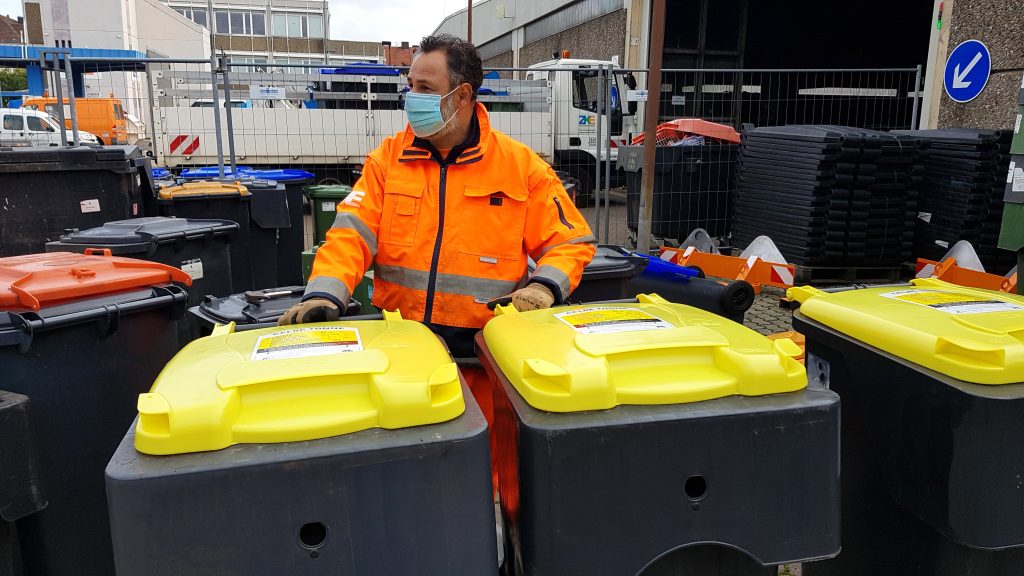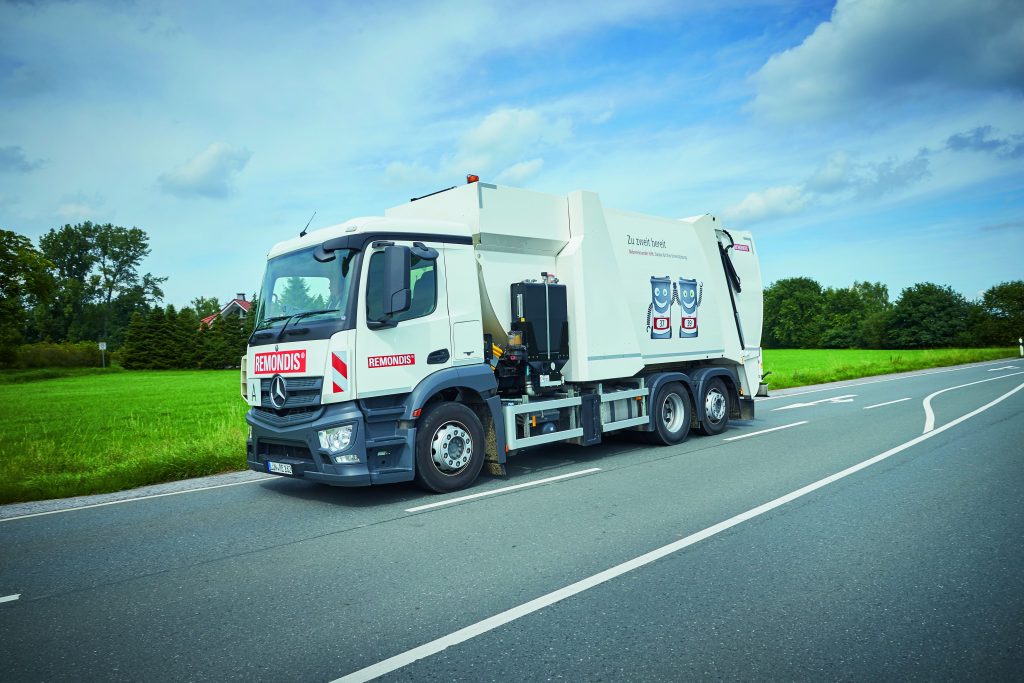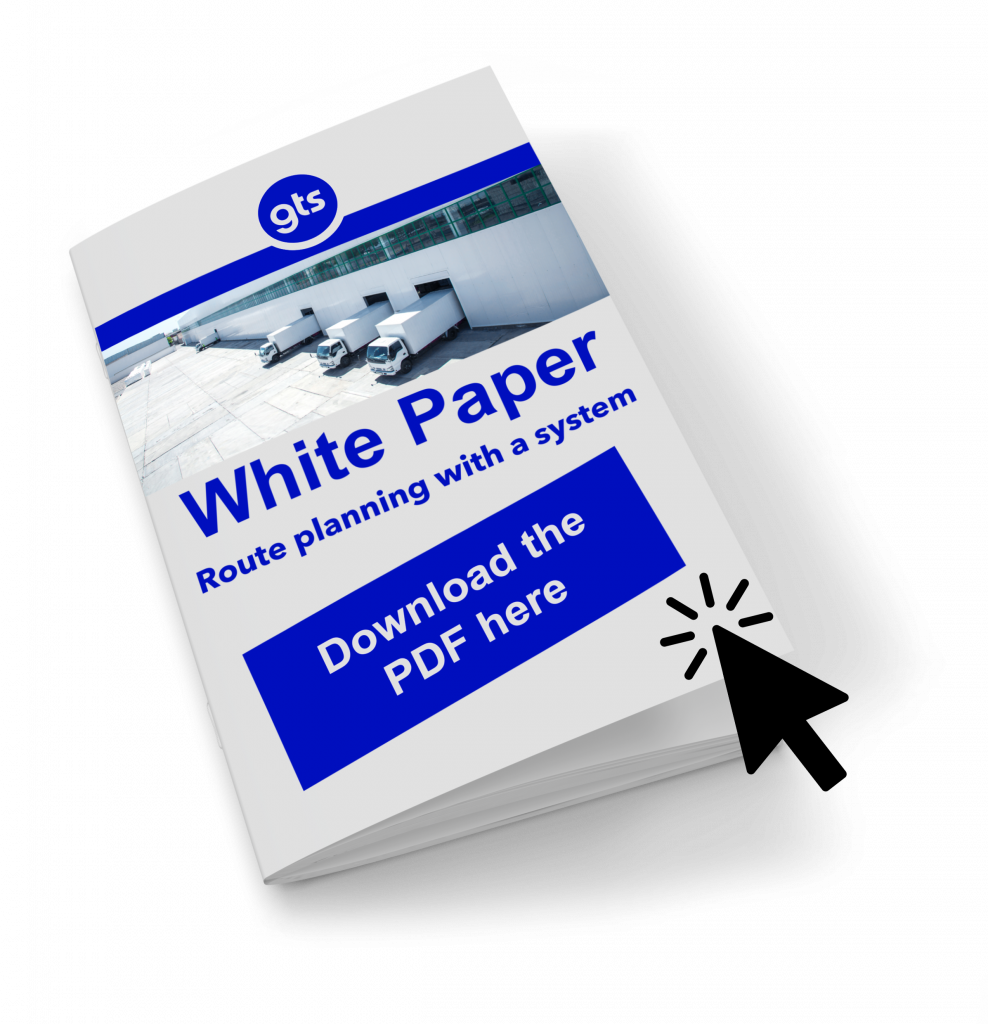Old identity cards, bank statements, storage media, customer data and index cards have no place in the public domain. Which is why there are specialists like documentus GmbH Hanover, who destroy or archive sensitive files and data media of companies, authorities and private individuals. The numerous cameras, access controls and double-door systems on the company premises clearly show: the highest level of security is deployed here! The company has 10 vehicles in use for transportation. On-board: Specially sealed security containers with files, storage media and goods, which will be destroyed or archived in accordance with data protection laws.
Classified matter!
But how do these "classified matters" reach from point A to B in the shortest and most secure way? To do this, documentus GmbH Hanover has been using the route planning software of TransIT since 2013, because every detour can be a security risk. So unexpected stops are not allowed. Therefore, professional route planning is required, which implements all these safety-relevant special features in the system.
Compared to other companies documentus optimises the tours individually with TransIT every single day. Thereby security increases and they are taking account of the individual customers business hours. This is not an easy task due to consideration of thousands of service locations with different opening hours. Especially if the capacity of the vehicles has to be kept in mind at the same time which is constantly changing as containers have to be loaded and unloaded at each service location.

This is how it works
The management and planning of the routes is transferred to TransIT via the company's own interface. TransIT "decides" entirely on the route, i.e., which vehicle shall drive and where to. The routes and orders are then transmitted via the appropriate interface to the telematics system in the vehicle. Conversely, the actual data about the status of the route goes to the central control room. Based on the information received here, the dispatchers have the assurance that their drivers, vehicles and documents are safely on their way. Further, the controlling works with the data and can identify potentials for route optimisation.
The Outcome
- Optimised logistics
- Implementation of security-relevant specifications
- Visualisation of optimisation potentials







